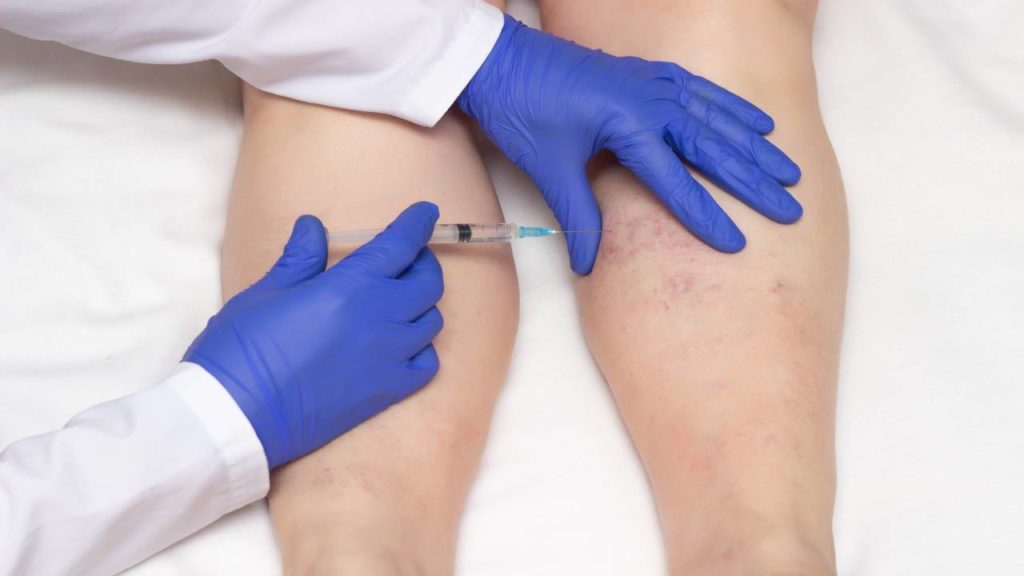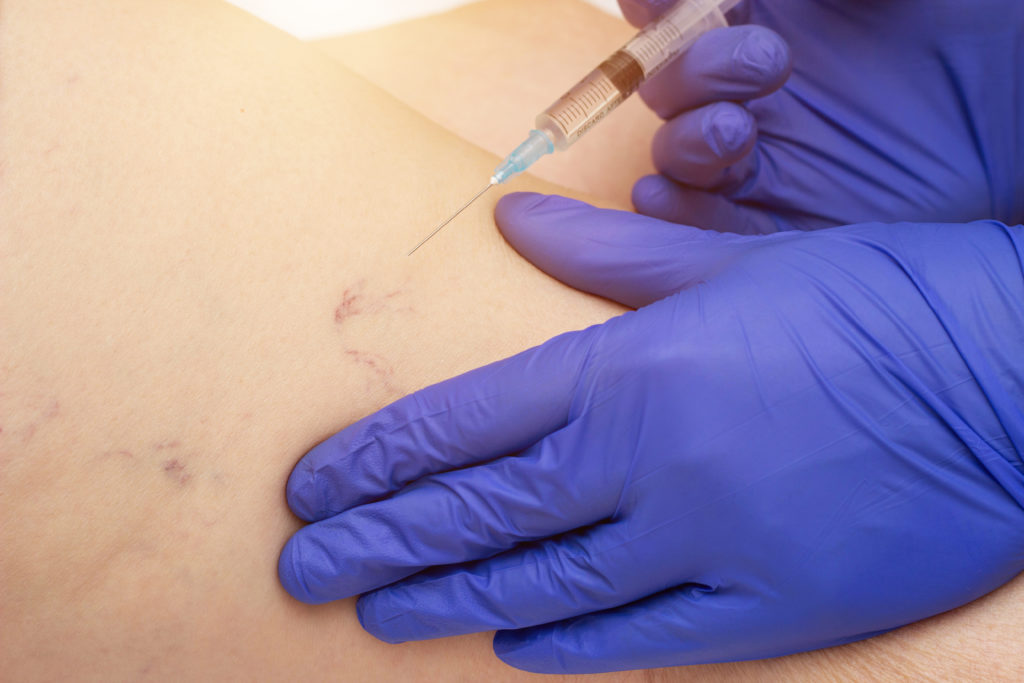Table of Contents
Medical-grade chemical peels have become a sought-after skincare treatment for individuals aiming to address various skin concerns. These treatments delve deeper than typical over-the-counter products, offering a more intensive solution to issues like sun damage, fine lines, and hyperpigmentation. However, only some are ideal candidates for such procedures. It’s crucial to understand both the potential benefits and the considerations involved. Before diving into treatment, one should assess suitability based on skin type, medical history, and current skincare regimen. Moreover, setting realistic expectations ensures satisfaction with the results and a better overall experience.
What Does “Medical Grade” Mean?
The term “medical-grade” often carries a weight of authority and assurance in skincare and cosmetic treatments. But what exactly does it signify? Essentially, “medical-grade” refers to products or treatments that meet stringent standards set by medical professionals and regulatory bodies. These products are often formulated with higher concentrations of active ingredients than their over-the-counter counterparts. This potency is designed to address specific skin concerns more effectively and produce more pronounced results.
However, with this increased strength comes the potential for increased side effects, which is why licensed professionals typically administer or prescribe medical-grade treatments and products. These professionals have the expertise to ensure the safe and effective use of the product, tailoring treatments to individual needs. So, when you encounter the term “medical-grade,” it indicates elevated efficacy and the necessity for professional oversight.
Assessing Candidacy for Medical-Grade Chemical Peels
When considering medical-grade chemical peels, it’s not a one-size-fits-all solution. The assessment of candidacy is necessary to ensure the safety and effectiveness of the treatment for each individual. Here’s a detailed look into the factors that play a role in this assessment:
1.) Skin Type and Concerns:
- Different skin types (oily, dry, combination, sensitive) can react differently to chemical peels. For instance, sensitive skin might be more prone to redness or irritation.
- Specific skin concerns, such as acne, rosacea, or eczema, can influence the type and strength of the peel recommended.
2.) Medical History:
- Past medical treatments, especially those related to the skin, can impact how one might react to a chemical peel.
- Allergies to any ingredients used in the peel can rule out certain treatments.
- Previous surgeries or procedures on the face might also influence the decision.
3.) Current Skin Care Regimen:
- The products one uses can interact with the chemicals in the peel. For example, retinoids might make the skin more sensitive to peeling agents.
- Disclose any recent treatments or products to the professional to avoid adverse reactions.
4.) Lifestyle Factors:
- Habits like smoking can slow down the healing process post-peel.
- Regular sun exposure without protection might make the skin more susceptible to damage after a peel. Avoiding direct sun exposure for a certain period and post-treatment is often recommended.
5.) Professional Consultation:
- A thorough consultation with a dermatologist or skincare professional is paramount. They can evaluate the skin, discuss goals, and recommend the most suitable medical-grade chemical peel.
- Professionals can also provide insights into the expected recovery time, potential side effects, and post-treatment care.
Setting Realistic Expectations
Setting realistic expectations when considering medical-grade chemical peels is paramount for patient satisfaction and overall treatment success. The allure of transformative results can sometimes overshadow the practicalities of what a treatment can and cannot achieve. While medical-grade chemical peels are potent and can significantly improve skin texture, tone, and clarity, they are not a magic wand.
Realize that results can vary based on skin types, concerns, and the specific peel used. For some, a single session might yield dramatic results, while others might require multiple treatments to achieve their desired outcome. Additionally, the immediate aftermath of a peel might only sometimes be pleasant. Redness, peeling, and sensitivity are common, and the skin might look worse before it looks better.
Moreover, chemical peels can address various issues, from sun damage to fine lines, but they might be less effective for deeper wrinkles or more severe skin conditions. It’s also crucial to factor in the longevity of the results. Some peels offer results that last for months, while others might need regular maintenance sessions.
Consider a candid conversation with a dermatologist or skincare professional who can help set clear and achievable goals. They can provide a realistic picture of what to expect regarding the treatment process and the results.
Medical Grade Chemical Peel Appointment: What To Expect
A medical-grade chemical peel appointment is a structured process that prioritizes the patient’s safety and desired outcomes. While the idea of a chemical peel might seem daunting, understanding each step of the appointment can alleviate concerns and ensure a smooth, beneficial experience. Here’s what you can expect:
- Pre-Appointment Preparations: Before the appointment, patients might be advised to stop using certain skincare products, especially those containing retinoids or alpha hydroxy acids. This reduces the skin’s sensitivity and ensures the peel works effectively. Some professionals also recommend a pre-peel skincare regimen to prepare the skin.
- Consultation: A thorough consultation with the dermatologist or skincare professional will occur upon arrival. This involves discussing the patient’s skin concerns, medical history, and desired outcomes. The professional will then recommend the type and strength of the chemical peel best suited for the individual’s needs.
- Skin Cleansing: The treatment begins with thoroughly cleansing the skin to remove makeup, dirt, and oils. This ensures that the peel can penetrate the skin evenly.
- Peel Application: Using a brush or cotton pad, the chosen chemical solution is then applied to the skin. Depending on the type of peel, there might be a tingling or burning sensation. This is normal and usually subsides after a few minutes. Depending on its strength, the peel is left on the skin for a specified duration, ranging from a few minutes to longer.
- Neutralization and Removal: After the set time, the peel is neutralized, usually with a cool saline solution or another neutralizing agent. It’s then carefully removed from the skin.
Takeaway
Ready to unveil a rejuvenated, radiant you? Trust the OC Cosmetic And Vein Center experts to guide you on your skincare journey. Call or contact us for your consultation today and take the first step towards flawless skin. Experience the best aesthetic services today!




